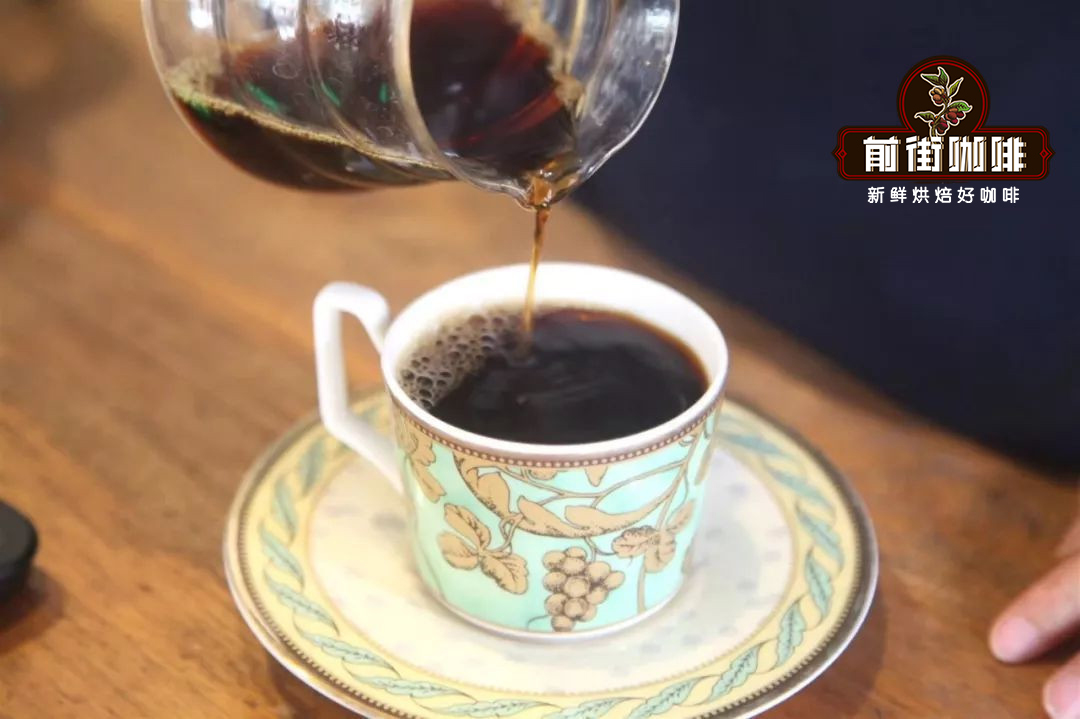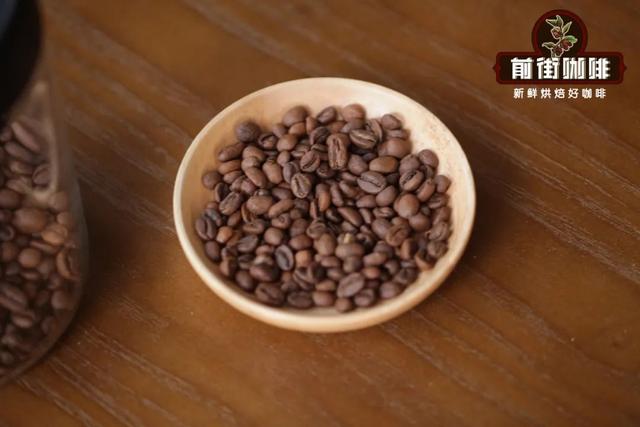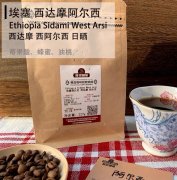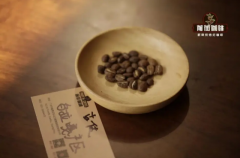What varieties of Ethiopian coffee beans do you have? Is the hand-made champion coffee beans good?
Sidamo Huakui small seed species
Country of origin: Ethiopia
Producing area: Sidamo
Treatment: insolation
Variety: original species
Altitude: 2200 m
Baking degree: medium and shallow baking
It is recommended that the gram weight of hand-brewed coffee recommended by SCA should be 15g coffee powder 90 degrees to 91 degrees hot water 225ml and the ratio of water to powder at 1:15.
Well-known boutique coffee beans Huakui coffee beans come from the Guji producing area of Ethiopia, which originally belonged to the Sidamo producing area, but later because of its outstanding flavor.
It has become an independent coffee producing area, but many people still attribute Sakui coffee beans to the Sidamo producing area. Qianjie has tried coffee beans from many coffee producing areas in Ethiopia.
Among them is Yega Xuefei, which is tied with Sidamo in Ethiopia's two major boutique coffee producing areas. Comparing the coffee beans of Yega Xuefei and Sidamo in the front street, we can obviously taste their respective flavor characteristics.
They are all Ethiopian beans, and the most basic thing is that the acidity of the fruit is relatively bright. The acidity of Yejassefi coffee beans tends to the tonality of citrus and lemon, with a hint of jasmine.
The sour Sidamo coffee beans tend to be strawberry jam, passion fruit, and a little creamy.
The Guji producing area, which once belonged to the Sidamo producing area, has been independent into a new producing area by the Ethiopian Commodity Exchange (ECX) in 2010.
The most famous coffee bean in Guji producing area is Sakui coffee bean, which will be TOH (Ethiopia National Taste of Harvest Competition) in 2017.
With its outstanding strawberry cream flavor, the well-deserved Sakuran.

Sakui X.0 is named according to the year, so when you see Sakui 3.0, you know it's 2019 coffee beans, and you see Sakui 4.0.
I knew the coffee beans for the 2020 season. In addition to the rule of year, Sakui coffee in 2017 is only sun-dried coffee beans processed by the "Buku Aebl" processing plant.
On the other hand, DW has expanded its processing plant year by year, as well as increased production. There is also an obvious difference between its flavor and that of Sakuran in 2017.
Strictly speaking, only the sun-cured coffee beans treated by the "Buku Abel" processing plant can be called Sakuran coffee beans.
The flavor and aroma of Xiaogui are very familiar with those of Sakuran in 2017. At the beginning, Qianjie drank similar flavor to 17-year-old Sakuran in 2018 and 2019.
But in the alcohol thickness and afterrhyme is not as good as 17 years of Sakuran. Qianjie found that the main source of the aroma of Sakui in 2017 is that there are some very small varieties of Sakui coffee beans.
Similar small grains of coffee were found in Sakuran in 2018 and 2019. Starting from 2020, the processing plant will deal with the small grain Sakuran independently again.
Therefore, Xiao Grain Sakuran does not belong to the [X.0] series. Since 2020, DW has separately treated small seed varieties to form small grain Sakuran coffee beans.

Small Sakuran in the cup test is reflected in: cream strawberries, citrus, passion fruit, fermented wine.
Important Notice :
前街咖啡 FrontStreet Coffee has moved to new addredd:
FrontStreet Coffee Address: 315,Donghua East Road,GuangZhou
Tel:020 38364473
- Prev

According to the origin of Ethiopian coffee beans, what kind of coffee beans is Arsi and how does the coffee taste?
Arsi sun-producing country: Ethiopia: Cedama treatment: sun varieties: original seed planting altitude: 1800 baking degree: medium-shallow roasting recommendation according to the SCA recommended handbrew coffee weight 15g coffee powder 90 degrees to 91 degrees hot water 225ml, gouache ratio 1:15. The flavor is floral fruit, with citrus, tea, floral flavor, sweet smell and bright acidity.
- Next

How does Ethiopia's best coffee taste? how did the top coffee bean TOH NO.1 come from?
2020TOH washed NO.1 inflorescence planting country: Ethiopia; Guji Urga planting altitude: 2170 meters treatment: washed coffee varieties: original species recommended according to the SCA recommended handbrew coffee weight of 15g coffee powder 90 degrees to 91 degrees hot water 225ml, gouache ratio 1:15. THO raw bean competition is the most important raw bean competition in coffee-growing countries every year.
Related
- Detailed explanation of Jadeite planting Land in Panamanian Jadeite Manor introduction to the grading system of Jadeite competitive bidding, Red bid, Green bid and Rose Summer
- Story of Coffee planting in Brenka region of Costa Rica Stonehenge Manor anaerobic heavy honey treatment of flavor mouth
- What's on the barrel of Blue Mountain Coffee beans?
- Can American coffee also pull flowers? How to use hot American style to pull out a good-looking pattern?
- Can you make a cold extract with coffee beans? What is the right proportion for cold-extracted coffee formula?
- Indonesian PWN Gold Mandrine Coffee Origin Features Flavor How to Chong? Mandolin coffee is American.
- A brief introduction to the flavor characteristics of Brazilian yellow bourbon coffee beans
- What is the effect of different water quality on the flavor of cold-extracted coffee? What kind of water is best for brewing coffee?
- Why do you think of Rose Summer whenever you mention Panamanian coffee?
- Introduction to the characteristics of authentic blue mountain coffee bean producing areas? What is the CIB Coffee Authority in Jamaica?

